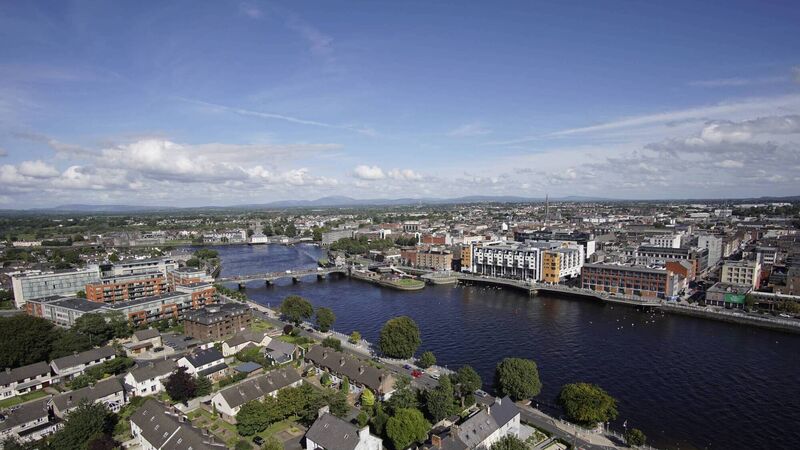Mid-West rental prices continue to rise and homes are getting more expensive to heat

The average cost of renting in Limerick city is now €1,770.
Average rents for residential homes across the Mid-West remain high while supply continues to lag behind demand, the rental monitor from Limerick Chamber shows.
According to the report, the total residential rental availability across Limerick Clare and Tipperary was 129 homes in November, with 88.3% of homes having a BER rating of C or lower requiring extra costs to keep them heated.
The average cost of renting was €1,770 in Limerick city and suburbs, €1,587 in the county, €1,263 in Co. Clare and €1,059 in Co. Tipperary.
Average rent for residential homes across the Mid-West continues to remain high, while supply is also lagging behind demand.
There were 24 residential homes available to rent in Limerick city and environs, one less than last month. Of these residential homes, three were 1-bed homes and 11 were apartments. County Limerick saw 44 residential homes available, with five 1-beds and 16 apartments available, with four of the available homes having a BER rating of B or higher, with the remainder being C or lower. This was an increase of four homes versus October’s availability.
"Average rent for residential homes across the Mid-West continues to remain high, while supply is also lagging behind demand," Seán Golden, Chief Economist and Director of Policy with Limerick Chamber said.
"Along with the monthly rent being a large part of people's monthly take-home pay, we are in the winter period where the cost of energy will add a significant constraint on household’s monthly bills."
Economist Diarmuid O’Shea said just 11.3% of the total residential stock across the Mid-West had a BER rating of B or higher.
"This means that the remaining stock is less energy efficient and will likely cost more to heat," he said. "On top of the high levels of rent currently seen in the open rental market, it will mean that people will have to spend more of their monthly take-home pay on energy to heat their homes. Delivering higher standards of housing can reduce energy demand through better insulated homes, thus both saving money for households and improving the energy efficiency of the housing sector, which in turn has benefits for the wider environment."











